Official Website : https://divinenewz.com/
Gupt Navratri (गुप्त नवरात्रि) is a spiritually significant and esoteric form of Navratri celebrated primarily for tantric practices, deep sadhana (spiritual discipline), and inner transformation. Unlike the popular Sharad Navratri (September-October) and Chaitra Navratri (March-April), Gupt Navratri is lesser known and observed secretly by advanced spiritual seekers and sadhaks.
1. INTRODUCTION
Navratri, meaning “nine nights,” is a sacred Hindu festival devoted to the worship of the Divine Mother or Goddess Durga in her nine manifestations. While most people are familiar with the widely celebrated Sharadiya Navratri (autumn) and Vasant Navratri (spring), there exist two lesser-known yet highly spiritually potent versions of this festival known as Gupt Navratri—celebrated in the months of Magha (January-February) and Ashada (June-July).
The term “Gupt” means secret, hidden, or esoteric, and Gupt Navratri is primarily observed by Tantriks, Sadhaks, and spiritual seekers who wish to deepen their spiritual practices and unlock mystical energies. Though not as publicly celebrated, it holds immense spiritual significance, especially in the domain of Tantra Sadhana and occult worship.
2. WHAT IS GUPT NAVRATRI?
Gupt Navratri literally means “Secret Nine Nights.” It is dedicated to Goddess Durga and her nine forms (Navadurga), just like other Navratris, but the key difference is the focus on inner spiritual practices, tantra sadhana, and occult rituals.
There are two Gupt Navratris in a year:
–
Magha Gupt Navratri in the
Magha Month (January–February)
–
Ashada Gupt Navratriin the
Ashada Month (June–July)
3. WHY IT IS CALLED “GUPT”?
–
“Gupt” means
secret or hidden
–
Unlike the more public and festive celebration of regular Navratris, Gupt Navratri is:
- Quietly observed
- Focused on intense spiritual discipline
- Centered around tantric and yogic practices
- Intended for personal transformation and spiritual elevation, not social festivities
Gupt Navratri is a
secretive and
intensely spiritual version of the regular Navratri, dedicated to the worship of Goddess Durga and her various esoteric forms. Unlike the popular Navratris that involve large-scale public celebrations, Gupt Navratri is observed in
solitude, meditation, and silence.
The main aim of
Gupt Navratri is
inner transformation, spiritual elevation, and tantric sadhanas. Devotees engage in specific rituals, mantra chanting, and practices to please the Goddess and awaken the
Kundalini Shakti—the latent spiritual power within.
4. WHAT IS SPECIAL IN GUPT NAVRATRI?
- Tantra Sadhana: Ideal time for performing Kali, Baglamukhi, Chhinnamasta, Tara, and other fierce Devi sadhanas.
- Powerful Time for Upasana: Sadhaks believe that Devi grants siddhis (spiritual powers) if sadhana is done with devotion during this time.
- Less Distraction: Due to the low public awareness, there’s greater silence and focus, which is beneficial for deep meditation.
- Guru Guidance: Often practiced under the strict guidance of a guru.
5. WHAT MAKES GUPT NAVRATRI SPECIAL?
Gupt Navratri is special for several reasons:
- Reserved for Serious Sadhaks: Unlike other Navratris, Gupt Navratri is especially designed for deep spiritual practitioners. It is a time when Shakti (divine feminine energy) is highly active and can be invoked through strict practices.
- Gateway to Tantric Powers: Gupt Navratri is known for its association with Tantra Vidya. Many tantriks and yogis begin or intensify their sadhanas during this period to gain siddhis (spiritual powers) and deeper realization
- Energetically Charged Period: These nine days are believed to be full of cosmic energy, perfect for inner work, penance, and secret rituals to unlock spiritual growth.
- Sadhana of Das Mahavidya: Gupt Navratri is considered an auspicious time to perform sadhana of the Das Mahavidyas, the ten fierce and powerful goddesses in Tantric tradition, such as Kali, Tara, Bhairavi, and Tripura Sundari.
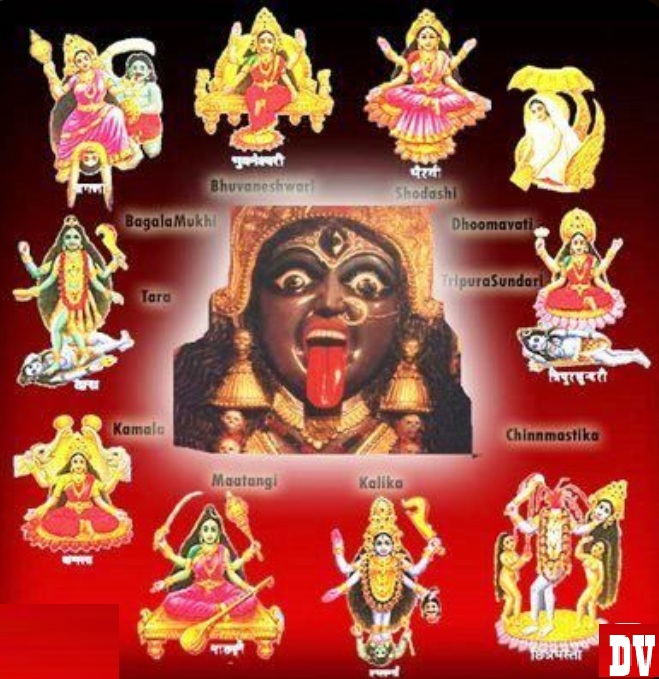
6. HOW IS GUPT NAVRATRI DIFFERENT FROM REGULAR NAVRATRI?
| Aspect | Gupt Navratri | Sharadiya/Vasant Navratri |
| Purpose | Spiritual elevation, Tantra sadhana | Devotional worship, public celebration |
| Followers | Tantriks, Yogis, Sadhaks | General devotees, households |
| Public Awareness | Secretive, not widely known | Celebrated across India |
| Rituals | Intense, secretive, mantra-focused | Bhajans, fasting, Garba/Dandiya |
| Associated Deities | Das Mahavidyas, fierce forms | Nava Durga (gentler forms) |
| Occurrence | Twice a year (Magha & Ashadha) | Twice a year (Chaitra & Ashwin) |
7. WHEN IS GUPT NAVRATRI CELEBRATED?
Gupt Navratri occurs twice a year, during:
- Magha Gupt Navratri:
- Time: Falls in January–February (Shukla Paksha of Magha month)
- Season: Winter
- Importance: Perfect for initiating new sadhanas and introspective practices due to the naturally inward energy of the season.
- Ashadha Gupt Navratri:
- Time: Falls in June–July (Shukla Paksha of Ashadha month)
- Season: Monsoon
- Importance: Considered most potent for tantric and occult rituals due to atmospheric changes and charged cosmic energies.
8. WHEN IS ASHADA GUPT NAVRATRI CELEBRATED IN 2025?
Ashada Gupt Navratri begins on the
Pratipada (first day) of the Shukla Paksha (waxing phase of the moon) in the month of
Ashada (June–July), and ends on
Navami, the ninth day. The exact dates vary each year depending on the lunar calendar.
In 2025, Ashada Gupt Navratri is expected to fall between
9. HOW IS GUPT NAVRATRI OBSERVED?
- Magha Daily Worship of Navadurga – One goddess each day.
- Chanting of Mantras: Especially secret and powerful mantras like Shabar, Beej, and Tantra mantras.
- Fasting – Full or partial fast for spiritual purity.
- Offerings – Special herbs, flowers, fruits, and other sacred items used in tantric rituals.
- Silence and Seclusion – Practiced to deepen focus.
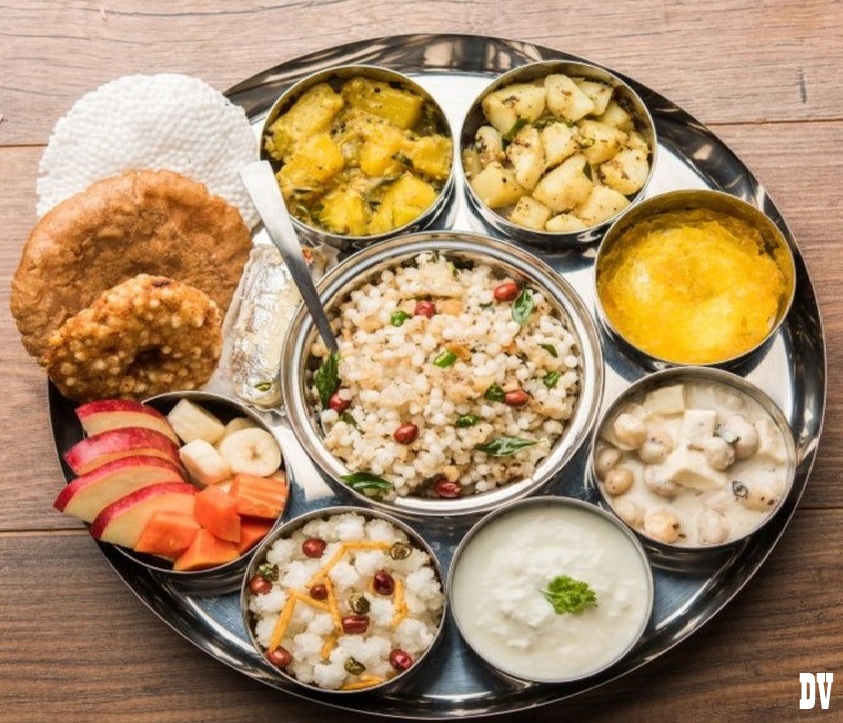
10. WHO SHOULD OBSERVE GUPT NAVRATRI?
- Spiritual Seekers, Tantriks, Yogis, and Sadhaks aiming for:
- Devotees of Kali, Durga, Tripura Sundari, and Das Mahavidyas
- Purification and Preparation
- Cleanse the home and altar
- Wake up before sunrise
- Perform abhyanga (oil bath) and wear clean clothes
- Establish a sacred space for worship
- Kalash Sthapana (Ghatasthapana)
- A sacred Kalash (pot) is installed invoking Goddess Durga
- Filled with holy water, mango leaves, and coconut
- Worshipped daily for nine days
- Devi Sadhana
- Each day dedicated to a form of Devi
- Chanting Durga Saptashati, Lalita Sahasranama, or Mahavidya mantras
- Performing homam (fire rituals)
- Tantric Practices
- Advanced sadhaks perform rituals to Das Mahavidyas under guidance
- Yantra puja, mudras, chakra dhyana, and mantra japa are common
- Nighttime sadhanas like Kali or Bhairavi sadhana are often done
- Fasting
- Many observe a nirjala (without water) or phalahar (fruit-based) fast
- Fasting purifies the body and mind to aid in spiritual work
- Brahmacharya (Celibacy) and Silence
- Sadhaks observe complete celibacy
- Avoid any worldly entertainment or distractions
- Practice mauna (silence) and meditation
- Final Day – Navami
- Culmination of sadhana
- Offer special naivedya (food offerings) to Goddess
- Some perform Kanya Pujan—worship of nine young girls as Devi forms
- Daily Altar Worship
- Lighting a diya (lamp) with ghee or mustard oil
- Offer flowers, incense, fruits, and sweets
- Special Offerings (Naivedya)
- Coconut, banana, pomegranate, jaggery, and seasonal items
- Sattvic food prepared without onion or garlic
- Mantra Chanting
- 108 repetitions of chosen Devi mantra
- Beej mantras (seed syllables) for tantric impact
- Homam or Yagna
- Performed by some sadhaks using Durga Saptashati verses
- Symbolizes transformation through fire
- Das Mahavidya Worship (Advanced)
- Not for beginners
- Performed under strict spiritual guidance
- Awakening of Kundalini
The sadhanas performed during this time can help awaken the Kundalini Shakti, enabling the sadhak to rise to higher planes of consciousness. - Attainment of Siddhis
With focused mantra chanting and discipline, many sadhaks report achieving siddhis or mystical abilities such as intuition, telepathy, healing powers, and more. - Destroying Inner Negativity
Just as Goddess Durga slays demons, Gupt Navratri helps eliminate inner evils such as lust, anger, ego, greed, and attachment. - Union with the Divine Feminine
It is a time to invoke and merge with Shakti, the creative force of the Universe, making it a powerful period for self-realization. - Astrological Significance
Gupt Navratri aligns with Shukla Paksha (waxing moon)—a time when divine energies are on the rise. This makes it ideal for new beginnings, purification, and inner work. - Spiritual Upliftment
- Mental clarity and emotional strength
- Protection from negative forces and evil energies
- Blessings from Divine Mother for health and prosperity
- Auspicious time for mantra siddhi
- Detachment from material illusions
- Increased focus, discipline, and self-control
- Progress in meditation and dhyana
- Energetic cleansing of the aura and environment
- Support from unseen spiritual forces
11. HOW IS GUPT NAVRATRI CELEBRATED?
Gupt Navratri is not about festivals and celebrations in the traditional sense. It involves a deep and disciplined routine followed for spiritual attainment.
12. RITUALS IN GUPT NAVRATRI
Each of the nine days has its own importance and deity. The general rituals include:
13. SIGNIFICANCE OF GUPT NAVRATRI
Gupt Navratri holds deep spiritual significance across many dimensions:
Here, I am summarizing the key benefits of observing Gupt Navratri:
14. WHICH GODDESS ARE WORSHIPPED IN GUPT NAVRATRI?
In Gupt Navratri, while general worship is offered to Goddess Durga and her forms, the main focus is on the Das Mahavidyas, the ten tantric goddesses:
These deities are deeply esoteric and require spiritual maturity to invoke.
15. CONCLUSION
Gupt Navratri is not just a secretive spiritual festival—it is a divine opportunity for every soul seeking deeper connection with the universal Shakti. It serves as a hidden key to unlocking one’s higher self, burning karmas, and ultimately realizing the Divine Feminine within.
For the sincere sadhak, these nine days become a portal to transcendence—a way to move beyond ordinary religious practice and enter the realm of the mystical, magical, and the eternal.
Gupt Navratri is an unparalleled opportunity to elevate one’s body, mind, and soul. The benefits are vast—from inner peace to outer success, from mantra siddhi to Moksha. These nine nights, when embraced with faith, discipline, and secrecy, open gateways to the deepest realms of spiritual truth.
For the sadhak who walks this mystical path, Gupt Navratri is not just a festival—it is a sacred transformation. The Divine Mother herself becomes the guiding light, leading the sadhak from darkness to divine brilliance.
16. WRAPPING UP
We hope this has tried to clear up some of the confusion about Gupt Navratri. First of all, you will have to know about the meaning of Gupt Navratri, Navratri serves as a spiritual journey inward, invoking the divine feminine to cleanse our inner world and guide us towards righteousness, prosperity, and wisdom.
Gupt Navratri literally means “Secret Nine Nights.” It is dedicated to Goddess Durga and her nine forms (Navadurga), just like other Navratris, but the key difference is the focus on inner spiritual practices, tantra sadhana, and occult rituals. The main aim of Gupt Navratri is inner transformation, spiritual elevation, and tantric sadhanas. Devotees engage in specific rituals, mantra chanting, and practices to please the Goddess and awaken the Kundalini Shakti—the latent spiritual power within.
You still have any question, feel free to ask me via comments or via email.
Don`t forget to share what you like here on Youtube, Facebook, Instagram with your friends and family.
At DivineNewz, a spiritual and temples news related information providers, is working on the project to work for religion and information about the temples to share with you to bring new ideas about spiritual and religious world.
Get in touch with DivineNews by contacting by divinenewz6@gmail.com/ For more information, please visit:
https://www.divinenewz.com
ARTICLE WRITTEN BY:
Divinenewz is a firm Working very proficiently for sharing the divinely knowledge, darshan and pilgrim details and many more in spiritual field. If you have any unique temple and divine place around the globe, then contact us at divinewisdom0608@gmail.com, divinenewz6@gmail.com, or
For more information, please visit:
https://www.divinenewz.com
What is Gupt Navratri?
Gupt Navratri literally means “Secret Nine Nights.” It is dedicated to Goddess Durga and her nine forms (Navadurga), just like other Navratris, but the key difference is the focus on inner spiritual practices, tantra sadhana, and occult rituals.
Why is it called “Gupt”?
“Gupt” means secret or hidden.
Unlike the more public and festive celebration of regular Navratris, Gupt Navratri is:
o Quietly observed
o Focused on intense spiritual discipline
o Centered around tantric and yogic practices
o Intended for personal transformation and spiritual elevation, not social festivities
What is the aim of Gupt Navratri?
The main aim of Gupt Navratri is inner transformation, spiritual elevation, and tantric sadhanas. Devotees engage in specific rituals, mantra chanting, and practices to please the Goddess and awaken the Kundalini Shakti—the latent spiritual power within.


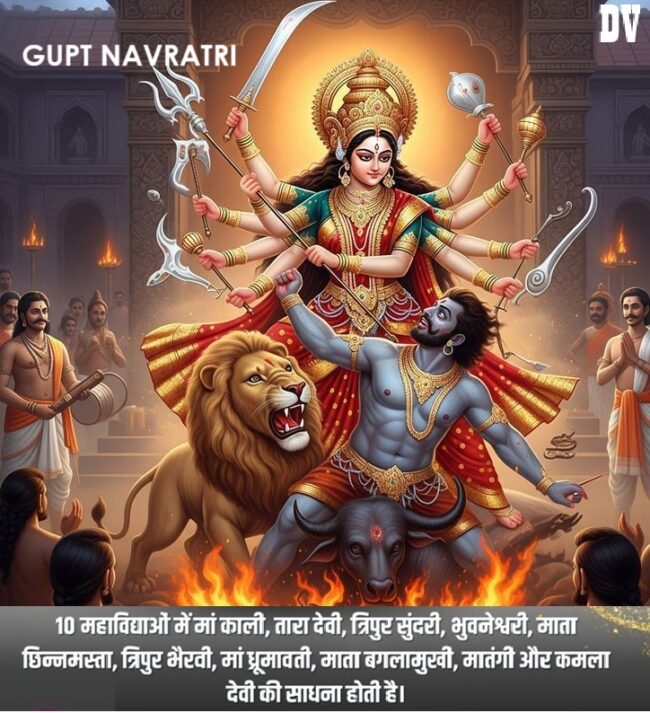

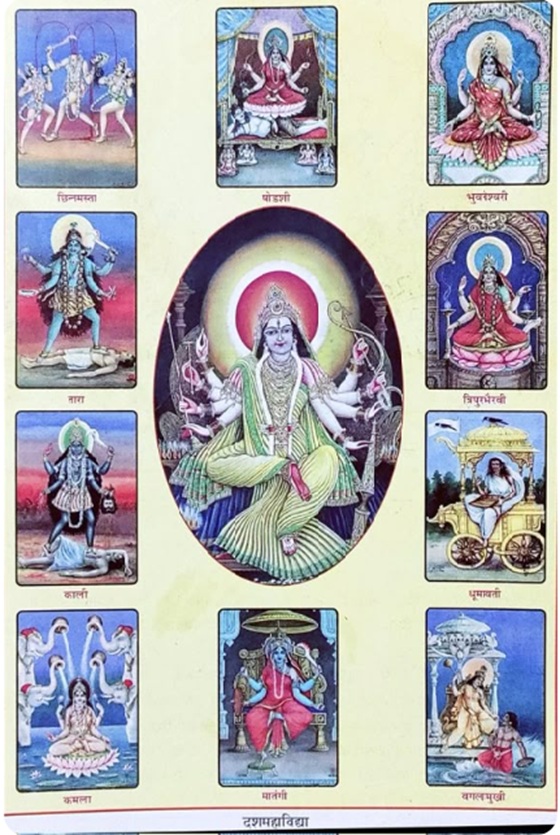
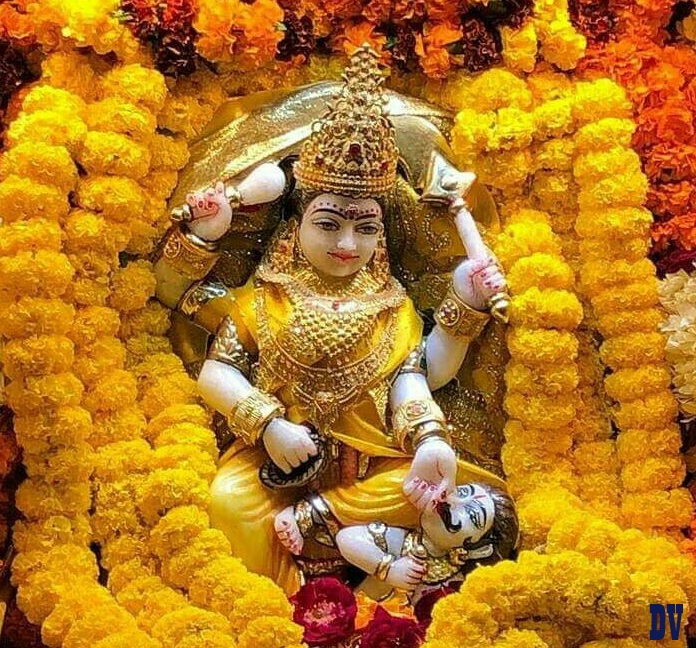
One thought on “What is Gupt Navratri?”